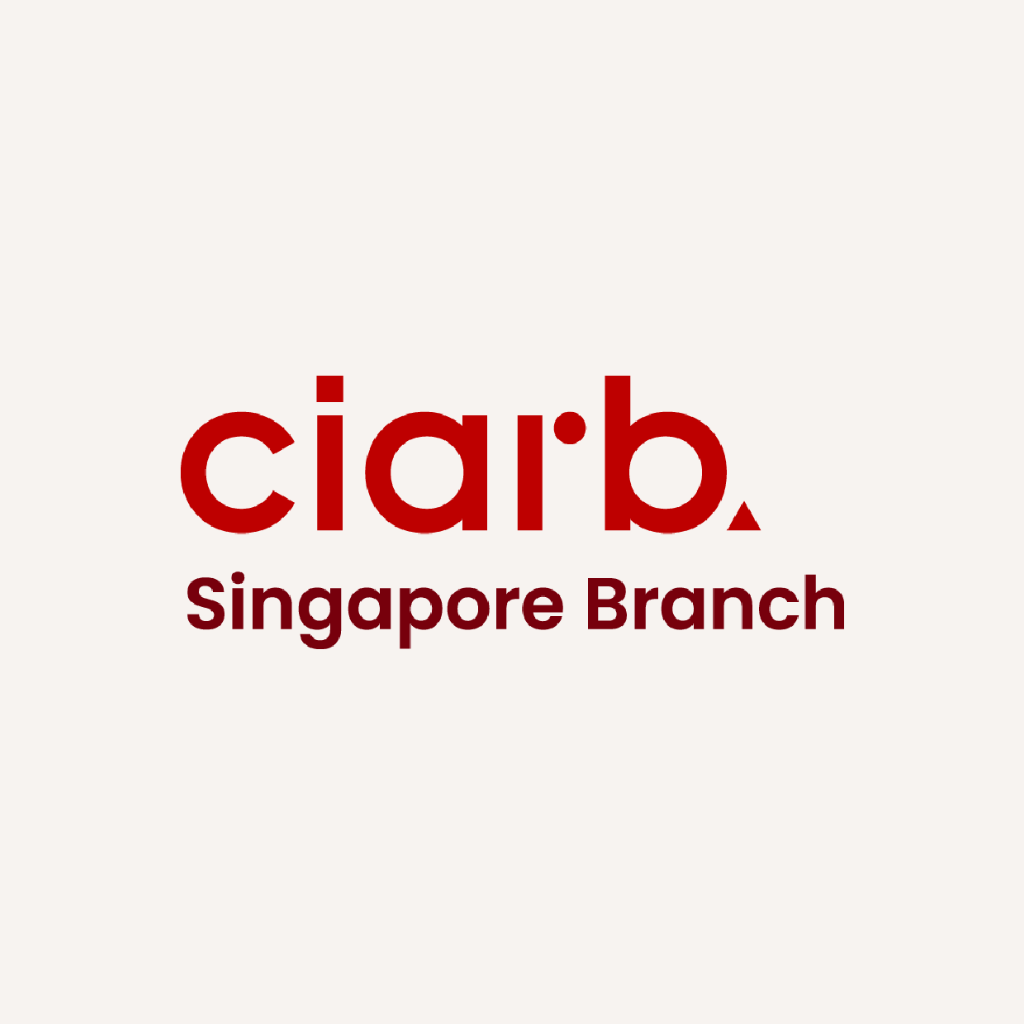The following article is taken from the Kluwer Arbitration Blog. Click here to go to the original article.
On Tuesday 22 April 2019, the Chartered Institute of Arbitrators (Singapore) issued their Guidelines for Witness Conferencing in International Arbitration (the “Guidelines”), providing tribunals, witnesses and parties with guidance in the conduct of witness conferencing.
Witness Conferencing
Witness conferencing is the process by which two or more witnesses give evidence concurrently before a tribunal. (Guidelines, page 13) In practice, this may take the form of any one of a number of procedures, usually agreed on a bespoke basis taking into account the relevant circumstances.
Participants may elect for a process driven by one (or more) of the tribunal; the parties’ counsel; or even the witnesses themselves. The conference might at any one time include all witnesses testifying on a particular issue or range of issues, or it might be directed to specific participants and/or issues. The approach taken will depend upon the scope of the issues in dispute, the nature and extent of the evidence proffered, the degree of expertise of the witnesses, as well as other factors such as the number and language of the witnesses.
Commentators cite a number of potential advantages to witness conferencing. These include the prospect of a more efficient presentation of views; greater scope for meaningful comparison of competing evidence when presented side-by-side; the moderating effect that the threat of contemporaneous rebuttal might have upon a witness’s evidence; and shorter hearing times arising from concurrency of testimony.
However, others have warned that the process might be undermined should, for instance, the witnesses in question become unnecessarily confrontational. This is a particular risk when it comes to witnesses of fact, and it is noteworthy that conferencing is less prevalent when it comes to fact witnesses. Conferencing might also be less effective should personality, cultural and/or seniority dynamics give rise to unnecessary deference between witnesses. Further, as a general matter, some practitioners (particularly those from common law jurisdictions) might simply be uncomfortable with the reduced role of the parties’ representatives, who have less freedom to present their evidential case as they choose.
Ultimately witness conferencing can be a powerful tool that in certain circumstances, and if applied and regulated appropriately and proportionately, can give rise to a quicker and more cost-effective determination of contested witness evidence.
The Guidelines
The Guidelines comprise three main parts: (a) a “checklist of factors to consider in determining a procedure” for witness conferencing (“Checklist”); (b) a “framework procedural order that may be used as a basis for crafting appropriate directions” for witness conferencing (“Directions”); and (c) explanatory notes for each if items (a) and (b) (“ Notes”).
The Guidelines, which extend to 66 pages, provide detailed direction. However, in recognition of the diversity of witness conference procedures, the provisions adopt non-mandatory language throughout.
The Guidelines apply both to factual and expert evidence. However, the drafters recognize that “[i]n the majority of cases witnesses giving concurrent evidence will be experts giving opinion evidence”. (Guidelines, page 11)
Checklist
The Checklist includes a list of matters, ranged across four headers: “Matters in Issue”; “Witnesses”; “Pre-hearing”; and “Logistics”. The Notes provide detailed considerations in respect of each issue, some of which “militate in favour of a conference, whereas others may detract”. (See Guidelines, page 12)
Some of the matters, such as “allocation of time among the witnesses” or “presentations and demonstrables” go only to the question of which form the conference might take. Others, such as “[t]he relationship between witnesses…”, go also go to the wider question of whether or not to conduct a witness conference at all.
The Guidelines specify that the Checklist is “non-exhaustive”; and that “[n]ot all of the items in the Checklist will be relevant in all cases”. (Guidelines, pages 9 and 26) Again, this is helpful recognition of the diverse and bespoke nature of witness conferencing.
Directions
The Directions establish (a) “Standard Directions” to be incorporated as part of an initial procedural order; and (b) “Specific Directions” to be issued once the tribunal and the parties have determined to hold a witness conference.
The Standard Directions are intended to provide a set of applicable principles in the event that the tribunal subsequently orders some of the witness evidence to be taken concurrently. They anticipate that in such circumstances the witnesses jointly prepare a schedule listing “areas on which the witnesses agree and disagree and a summary of the witnesses’ views on those areas of disagreement” as well as a “chronology of agreed facts”. Inclusion of the Standard Directions into a procedural order does not displace the taking of consecutive evidence. (Guidelines, page 12)
The Specific Directions are addressed in turn to three principal scenarios: (a) a Tribunal led conference; (b) a witness-led conference; or (c) a counsel-led conference. They contemplate tribunal direction on issues such as: sequestration of witnesses; administration of oaths; and the right of witnesses to give an oral presentation. Further, they establish the right of a party’s counsel to seek clarifications from its witness following its examination in a counsel-led process; as well as to question the other party’s witness, and seek clarification from its own, following tribunal questioning in a tribunal-led or witness-led process. (Guidelines, sections A6, B5(5) and C5)
Conclusion
The Guidelines seek to achieve a difficult balance between on the one hand identifying and codifying best practice for those conducting witness conferencing, and on the other recognizing the necessarily bespoke, flexible and context-specific nature of such procedures. The resulting Guidelines are non-prescriptive, but nonetheless comprise a convenient reminder of the key considerations that arbitration participants might bear in mind when contemplating witness conferencing. The drafters of the Guidelines express their hope that the Guidelines prove a “useful aide-memoire” for experienced practitioners, while assisting those with more limited experience navigate the process. The Guidelines appear well calibrated to this objective.
